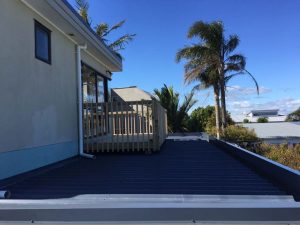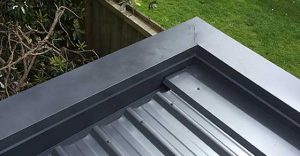
How Old Gutters and Damaged Downpipes Can Still Affect Newly Installed Roofs
The upkeep of gutters and downpipes on the roofs of homes is a constant and essential concern for homeowners today. In order to ensure ongoing roof protection and the good

The upkeep of gutters and downpipes on the roofs of homes is a constant and essential concern for homeowners today. In order to ensure ongoing roof protection and the good

While you may be familiar with other roofing materials, you might not be with flashing. It is crucial to the integrity of your roof since it reinforces joints, valleys, walls,
© 2024 Johnson Roofing. All Rights Reserved. | Privacy Policy | Web Design by: Netwizard Design